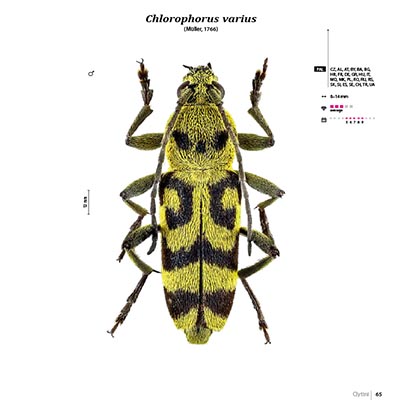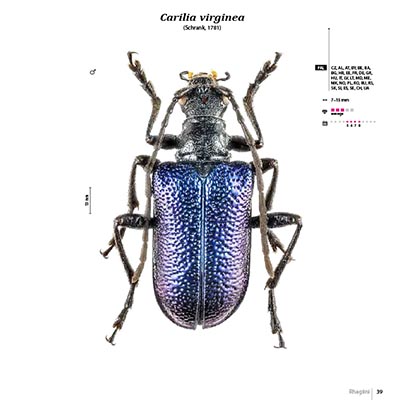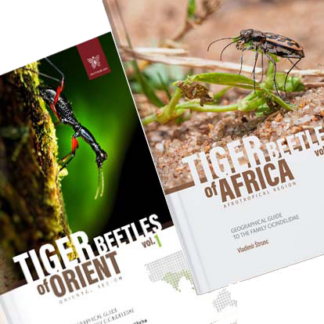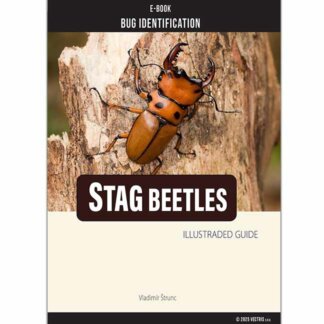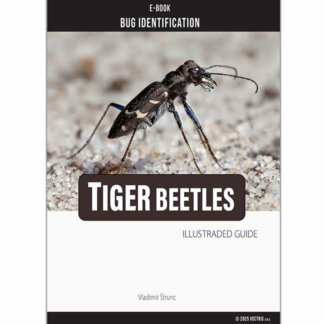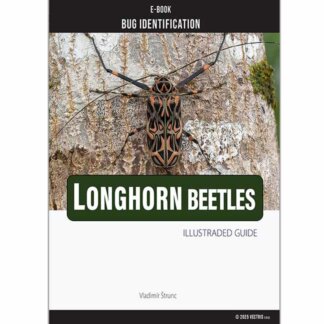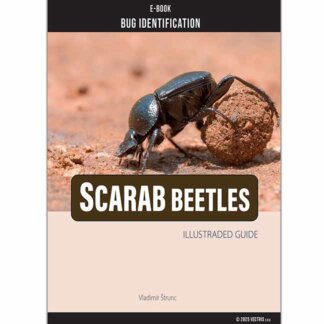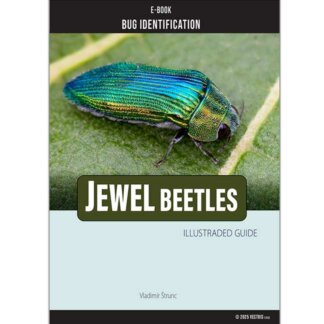Unique pictorial atlases for identifying Beetles. The life cycle of longhorn beetles, including species like the Asian longhorned beetle, typically consists of four main stages: egg, larva, pupa, and adult. Here’s a detailed overview of each stage:
Beetles
Longhorn Beetle life cycle
We recommend:
jeweled beetles, ground beetles, longhorn beetles, goliath beetle, stag beetle, carpet beetles
Books about Beetles
Unique pictorial atlases for identifying Beetles:
(2020) Tiger Beetles of the World, Cicindelidae, Illustrated guide to the genera
(2023) Tiger Beetles of Africa, Cicindelidae, Geographical guide to the family Cicindelidae
(2024) Tiger Beetles of Orient, Cicindelidae, Geographical guide to the family Cicindelidae
(2022) Ground Beetles of Africa, Afrotropical Region
(2022) Jewel Beetles of the World, Buprestidae, Illustrated guide to the Superfamily Buprestoidea
(2008) The Prionids of the World, Prioninae, Illustrated catalogue of the Beetles
(2010) The Prionids of the Neotropical region, Prioninae, Illustrated catalogue of the Beetles
1. Egg Stage
Laying Eggs: Adult female longhorn beetles lay their eggs in the bark or wood of suitable host trees. The choice of tree is crucial as it often depends on the health or decay stage of the tree.
Incubation: The eggs usually hatch within 11 days, depending on environmental conditions.
2. Larval Stage
Hatching and Feeding: Once the eggs hatch, the larvae emerge and burrow into the wood, where they feed on the tree’s tissues. This stage can last from one to two years, during which larvae create extensive tunnels within the wood as they consume it.
Growth: Larvae are typically pale and grublike in appearance. They are adapted to live inside wood, where they can be protected from predators.
3. Pupal Stage
Preparation for Pupation: When ready to mature, larvae create a hollow chamber in the tree where they will pupate. This chamber serves as a safe environment for their transformation.
Duration: The pupal stage lasts about two to three weeks, during which the larva undergoes significant physiological changes to become an adult beetle.
4. Adult Stage
Emergence: After completing their development, adult beetles chew their way out of the wood and emerge into the environment. They are typically active during specific seasons; for example, some species may be observed from June to August.
Mating and Lifespan: Adults seek mates shortly after emerging. The lifespan of longhorn beetles varies by species but generally ranges from a few months to several years, with many living between one to three years.
Ecological Role
Longhorn Beetle life cycle
Longhorn beetles play a vital role in forest ecosystems by contributing to decomposition and nutrient cycling through their feeding habits on dead or dying wood. However, invasive species like the Asian longhorned beetle pose significant threats to forest health by damaging living trees and disrupting local ecosystems. Longhorn Beetle life cycle
Understanding this life cycle is crucial for managing and controlling populations of both native and invasive longhorn beetles effectively.
